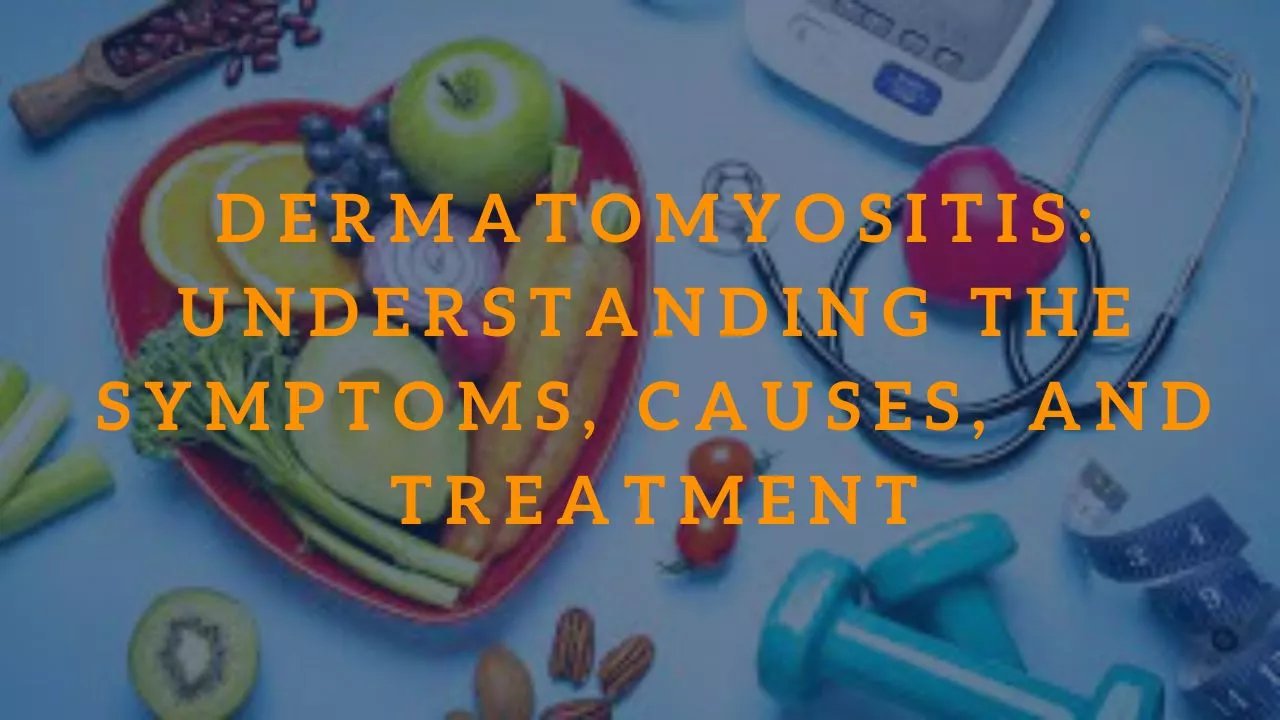Hello 1-GSM Visitors! Dermatomyositis is a rare autoimmune disease that affects the muscles and skin. In this article, we will discuss about dermatomyositis and provide you with a comprehensive understanding of this condition.

Symptoms of Dermatomyositis
The symptoms of dermatomyositis vary from person to person. However, some common symptoms include muscle weakness, skin rashes, joint pain, and difficulty swallowing. The muscle weakness usually affects the muscles closest to the trunk of the body, such as the hips, thighs, shoulders, and upper arms. The skin rashes typically appear on the face, neck, chest, back, hands, and feet.
Causes of Dermatomyositis
The exact cause of dermatomyositis is unknown. However, it is believed to be an autoimmune disease, which means that the body’s immune system attacks its own healthy tissues. Some researchers suggest that genetics and environmental factors may also play a role in the development of dermatomyositis.
Treatment for Dermatomyositis
There is currently no cure for dermatomyositis. However, treatment options can help manage the symptoms and improve the quality of life for those living with this condition. The treatment plan may include medications such as corticosteroids, immunosuppressants, and biologics. Physical therapy and occupational therapy may also be recommended to help improve muscle strength and mobility.
Complications of Dermatomyositis
If left untreated, dermatomyositis can lead to complications such as difficulty breathing, aspiration pneumonia, and heart problems. It is important to seek medical attention if you experience any symptoms of dermatomyositis.
Diagnosis of Dermatomyositis
Diagnosing dermatomyositis can be challenging because the symptoms are similar to other conditions. A physical exam, blood tests, and imaging tests such as an MRI or CT scan may be used to diagnose dermatomyositis. A muscle biopsy may also be performed to confirm the diagnosis.
Research on Dermatomyositis
There is ongoing research on dermatomyositis, including studies on the underlying causes, new treatment options, and ways to improve the diagnosis of this condition. Clinical trials are also being conducted to test new medications and therapies.
Dermatomyositis in Children
Dermatomyositis can also affect children. The symptoms in children are similar to those in adults, but they may also experience delayed development, difficulty with growth, and problems with teeth and gums. Treatment for children with dermatomyositis may include medications, physical therapy, and occupational therapy.
Dermatomyositis and Pregnancy
Dermatomyositis can also affect pregnant women. Women with dermatomyositis may be at a higher risk of complications during pregnancy, such as preterm labor, preeclampsia, and fetal growth restriction. It is important for pregnant women with dermatomyositis to receive proper medical care and monitoring.
Living with Dermatomyositis
Living with dermatomyositis can be challenging, but there are ways to manage the symptoms and improve the quality of life. It is important to follow the treatment plan recommended by your healthcare provider, stay physically active, eat a healthy diet, and get enough rest. Joining a support group can also help you connect with others who are living with dermatomyositis.
Alternative Therapies for Dermatomyositis
Some people with dermatomyositis may choose to try alternative therapies, such as acupuncture, massage, and herbal supplements. While these therapies may provide some relief from the symptoms, it is important to talk to your healthcare provider before trying any alternative therapies.
Preventing Dermatomyositis
Because the cause of dermatomyositis is unknown, there is no known way to prevent it. However, maintaining a healthy lifestyle, avoiding exposure to environmental toxins, and minimizing stress may help reduce the risk of developing autoimmune diseases.
Conclusion
Dermatomyositis is a rare autoimmune disease that affects the muscles and skin. The symptoms can vary from person to person and can be challenging to diagnose. While there is no cure, treatment options are available to manage the symptoms and improve the quality of life for those living with dermatomyositis. If you experience any symptoms of dermatomyositis, it is important to seek medical attention.
Thank you for reading this article. We hope that you found it informative and useful. See you again at our other interesting article!
